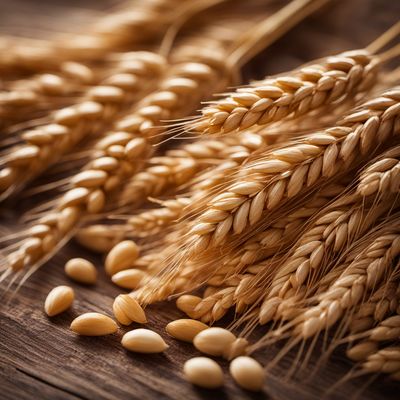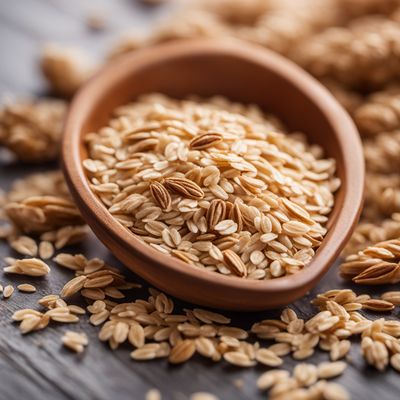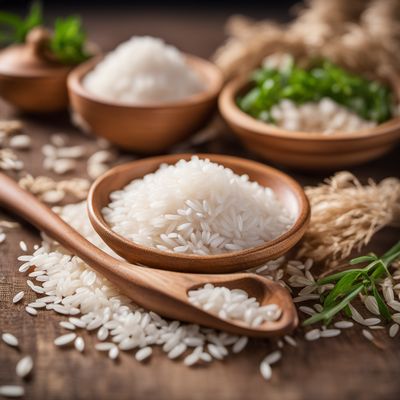
Ingredient
Starches
The Versatile Powerhouses: Starches
Starches, derived from various plant sources, are complex carbohydrates that play a crucial role in cooking and baking. They have the ability to absorb liquid, swell, and create a gel-like consistency, making them ideal for thickening sauces, soups, and gravies. Starches also contribute to the crispness of fried foods and act as a binding agent in recipes like meatballs and veggie burgers.
Origins and history
Starches have been a staple in human diets for thousands of years. Ancient civilizations, such as the Egyptians and the Mayans, relied on starchy crops like corn, rice, and potatoes for sustenance. Today, starches are cultivated worldwide, with different regions favoring specific varieties. They have become an integral part of global cuisines, from the comforting mashed potatoes of North America to the delicate rice noodles of Southeast Asia.
Nutritional information
Starches are primarily a source of carbohydrates, providing energy to the body. They are low in fat and protein, making them a suitable choice for individuals following a low-fat or vegetarian diet. Additionally, starches contain essential vitamins and minerals, such as B vitamins, iron, and potassium, depending on the specific type of starch.
Allergens
Starches are generally gluten-free, but cross-contamination can occur during processing. Individuals with gluten sensitivities or celiac disease should opt for certified gluten-free starches to avoid any adverse reactions.
How to select
When selecting starches, look for products that are free from moisture or clumps. Ensure that the packaging is intact and check the expiration date to guarantee freshness. For flours, opt for those labeled as unbleached" or "whole grain" for added nutritional benefits."
Storage recommendations
To maintain the quality of starches, store them in a cool, dry place, away from direct sunlight and moisture. Keep them in airtight containers to prevent them from absorbing odors or becoming infested with pests.
How to produce
Starches can be produced on a large scale by cultivating and harvesting starchy crops like potatoes, corn, wheat, or rice. However, they can also be produced on a smaller scale by growing root vegetables like yams or cassava in home gardens or containers.
Preparation tips
Starches can be used in a variety of ways in the kitchen. They can be used to thicken sauces, soups, and stews, create creamy puddings and custards, or add structure to baked goods like bread and cakes. When using starches as thickeners, it's important to mix them with a cold liquid before adding them to hot mixtures to prevent clumping. Experiment with different starches to discover their unique properties and how they can elevate your culinary creations.
Culinary uses
Starches find their way into countless dishes and cuisines around the world. They are the backbone of comforting classics like mashed potatoes, macaroni and cheese, and risotto. Starches also play a vital role in creating crispy coatings for fried foods, such as tempura or fried chicken. In baking, they contribute to the light and fluffy texture of cakes, cookies, and pastries.
Availability
Starches are widely available in grocery stores, supermarkets, and specialty food stores worldwide. They can be found in various forms, including flours, powders, and granules.
More ingredients from this category

Rye starch
The Versatile Rye Starch

Wheat starch
The Versatile Powerhouse: Unleashing the Potential of Wheat Starch

Maize starch
The Versatile Thickener: Maize Starch

Potato starch
The Versatile Powerhouse: Unleashing the Potential of Potato Starch

Tapioca starch
The Versatile Tapioca Starch

Oat starch
The Versatile Powerhouse: Unleashing the Potential of Oat Starch

Rice starch
The Versatile Powerhouse: Rice Starch